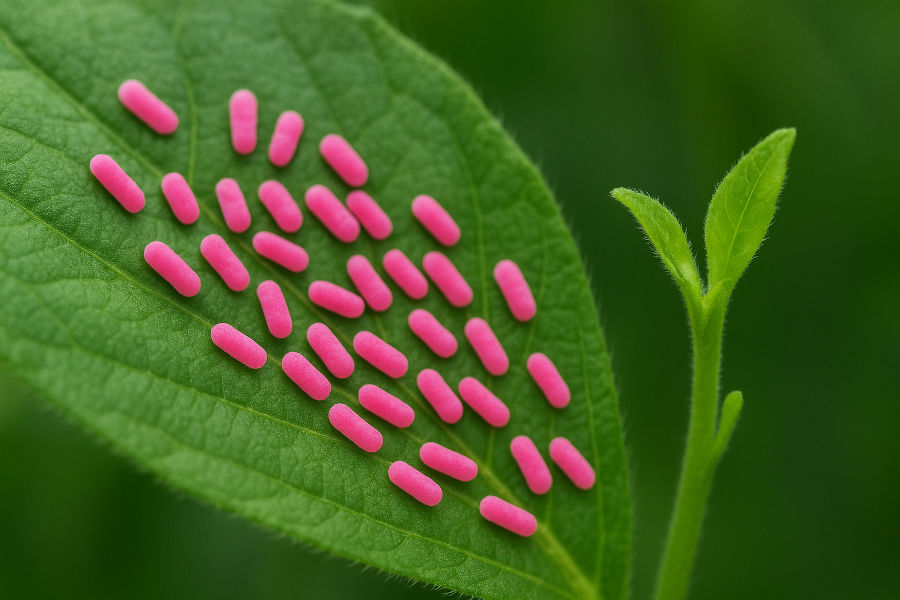Pink Pigmented Facultative Methylotrophic (PPFM) Bacteria
In sustainable farming, beneficial microbes are key to enhancing crop growth. Among them, Pink Pigmented Facultative Methylotrophic (PPFM) bacteria — also known as Methylobacterium — stand out as natural plant growth promoters.
What Are PPFM Bacteria
PPFM are pink-colored bacteria found mainly on the leaf surface (phyllosphere) of plants. They utilize methanol, a compound released from plant leaves, as a source of energy. This unique ability helps them build a close association with plants and support growth naturally.
How PPFM Help Plants
-
Produce Plant Hormones: They release auxins, cytokinins, and gibberellins, which promote root and shoot growth.
-
Enhance Germination: Improve seed vigor and early establishment.
-
Boost Nutrient Uptake: Help in nitrogen assimilation and better absorption of phosphorus and iron.
-
Increase Stress Tolerance: Strengthen plants against drought, salinity, and heat stress.
-
Suppress Diseases: Inhibit harmful pathogens through bioactive compounds.
-
Improve Yield and Quality: Promote flowering, fruit set, and overall productivity.
Application in Agriculture
-
Seed Treatment: Ensures better germination and healthy seedlings.
-
Foliar Spray: Increases photosynthesis and nutrient efficiency.
-
Soil Application: Improves root zone microbial balance and plant vigor.
Crops That Benefit
PPFM shows excellent results in banana, rice, cotton, soybean, tomato, groundnut, and ornamental crops — especially boosting flower initiation and bunch size in banana.
